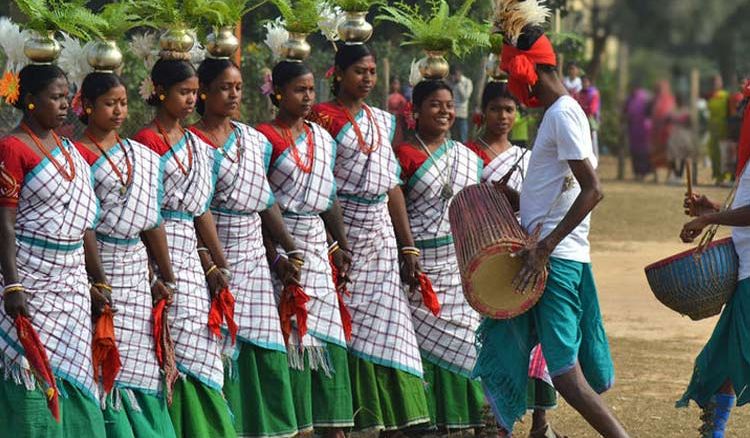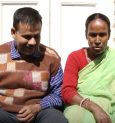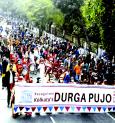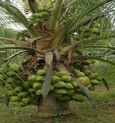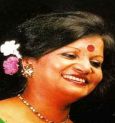As history tells us, Maharshhi Devendranath Tagore accepted the Brahmo sect, which was later commemorated in the form of a Brahma Mandir. In 1894, a low-key fair was held to mark its anniversary in the red province of Bolpur. The following years saw the fair expanding as a full-fledged carnival and eventually, PoushMela became a universal event.
The fair annually commences on the 7th day of the ‘Poush’ month in the Bengali calendar, roughly around 23rd December and officially lasts for six days. Set on a huge perimeter, the fiesta boasts of more than two thousand stalls along with a number of joyrides. The main crux of Poush Mela is promoting the creativity and skilful craftsmanship of traditional Bengal. Birbhum’s printed fabrics and handicrafts add to the overwhelming collection of regional delights, like Krishnanagar’s finest rendition of art, Bishnupur’s iconic wooden horses, Santiniketani paintings and many fascinating objects created by aspiring artists of rural Bengal. The Mela is filled with counters selling delectable food- starting from savoury preparations of a variety of fish to lip-smacking desserts in pithe-puli. The most notable factor of the fair is live performances of Bengali folk music, primarily Baul, along with tribal gigs. Students of Santiniketan make the event more striking by their performances - a reflection of literature and pure enthusiasm.
Basically, PoushMela is a confluence of culture, a melting pot of tourists from different parts of the world. There’s bliss in the air of Bolpur and the fair serves as another essential indicator of emblematic বাঙালিয়ানা.
 বাংলায় পড়ুন
বাংলায় পড়ুন


